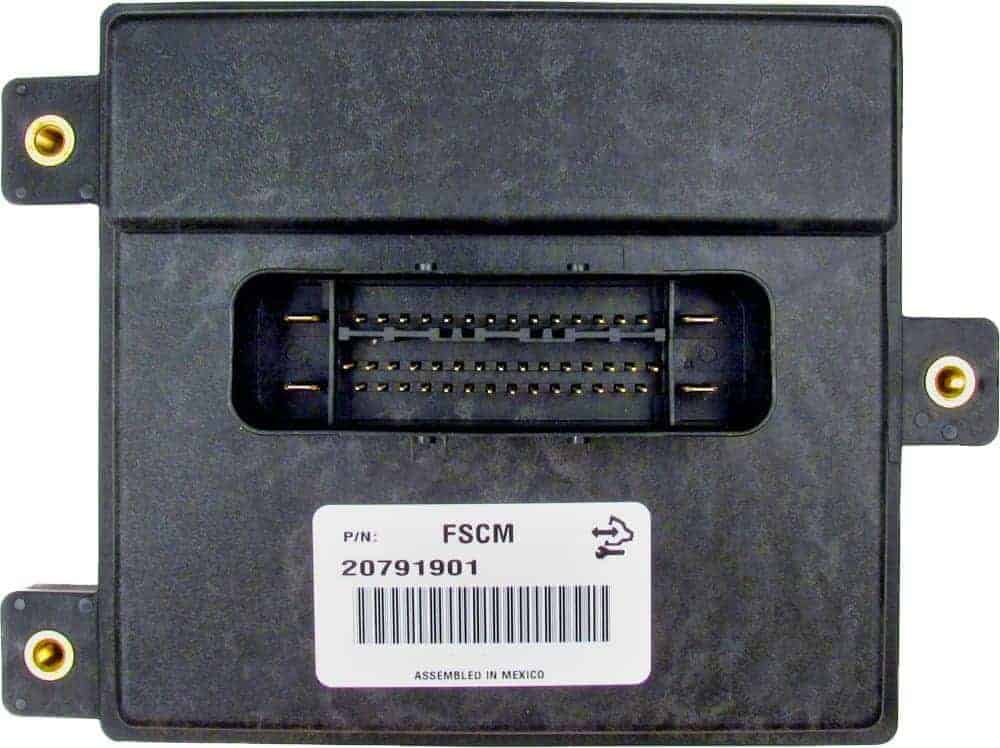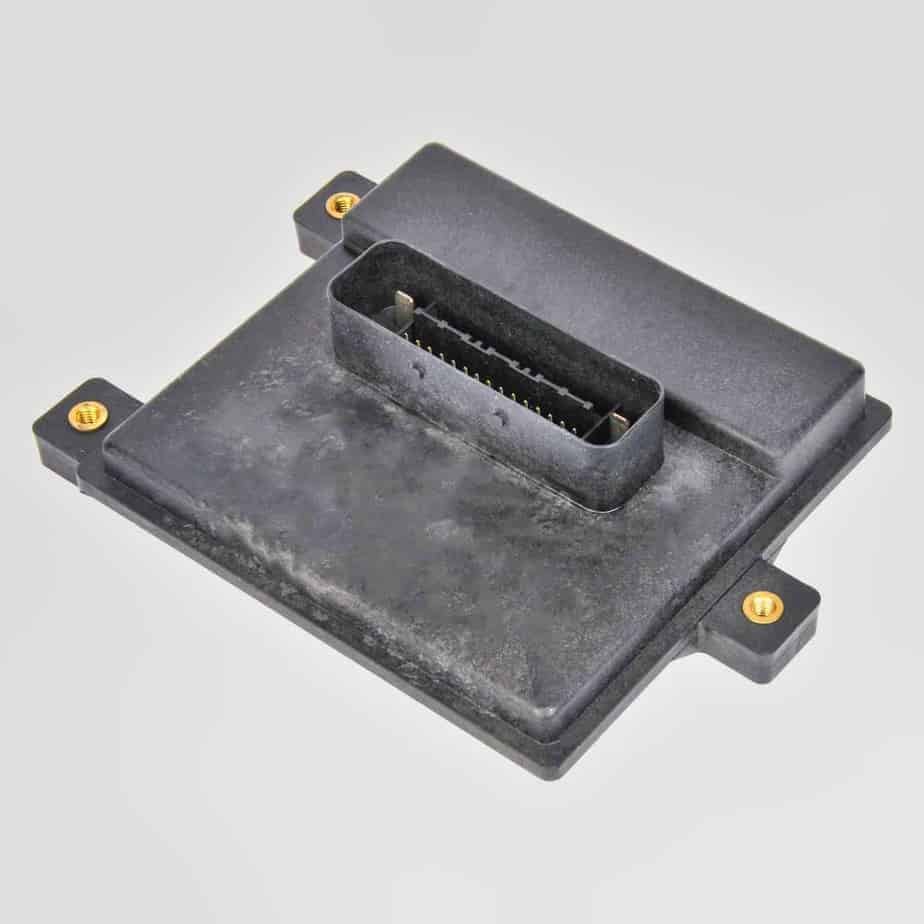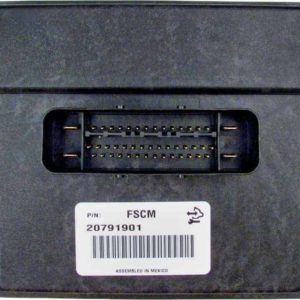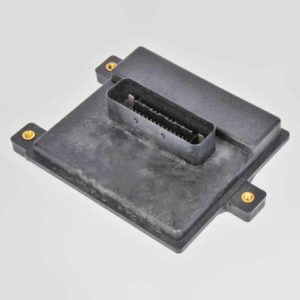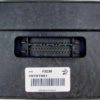Is Your GM Truck or SUV Stalling or Refusing to Start?
You turn the key in your 2011 Silverado or Tahoe, it cranks and cranks, but the engine never fires up. Or maybe it starts, but then sputters and dies unexpectedly in traffic. You might be seeing a check engine light with codes like P069E, P0230, or U0109. Many people immediately suspect a bad fuel pump, spend hundreds on a replacement, only to find the problem persists. As a technician with over two decades of experience, I’ve seen this exact scenario play out countless times. The real culprit is often not the pump, but this small, overlooked computer: the Fuel System Control Module (FSCM).
The Brains Behind Your Fuel Pump
The FSCM, often called the fuel pump driver module, is the intelligent controller for your vehicle’s fuel pump. It receives commands from the main Engine Control Module (ECM) and precisely adjusts the voltage sent to the fuel pump. This ensures your engine gets the exact amount of fuel it needs, whether you’re idling at a stoplight or towing a heavy load uphill. When it fails, the fuel pump doesn’t get the correct power, leading to fuel starvation and the frustrating symptoms you’re experiencing.
Expert Pro Tip: Check the Connector First!
Before you install your new module, take a close look at the vehicle’s wiring harness connector. On trucks and SUVs, this module is typically mounted on the frame rail, exposed to water, road salt, and dirt. I’ve diagnosed dozens of vehicles where the issue was simply a corroded or damaged connector, not the module itself. A corroded pin can cause intermittent power loss and can even damage your new part. Use a dedicated electrical contact cleaner and a small brush to clean any green or white residue from the pins and ensure the connector housing isn’t cracked.
A True Plug-and-Play Solution for Your Failing GM Fuel Control Module
The biggest headache with replacing electronic modules is the need for dealership programming. This is where we save you time, money, and frustration. This isn’t just a part in a box; it’s a complete solution. We use your vehicle’s VIN to flash this FSCM with the latest, most stable software directly from GM before it ever ships. When it arrives at your door, it’s ready for installation. No expensive scan tools, no appointments, and no towing fees.
- ✔ VIN-Programmed for You: We load the correct GM software for your specific vehicle. Just provide your VIN at checkout.
- ✔ Solves Common Problems: A direct fix for no-start conditions, stalling, engine hesitation, and rough idling.
- ✔ Clears Annoying Codes: Eliminates fuel system-related DTCs like P069E (Fuel Pump Control Module Commanded OFF) and U0109 (Lost Communication With Fuel Pump Control Module).
- ✔ Direct Replacement: Guaranteed to be a perfect fit and function for part numbers 20791901, 20827745, 20877116, and 20850927.
- ✔ No Dealer Visit Required: Save hundreds of dollars by avoiding dealership programming fees.
Simple DIY Installation Guide
You don’t need to be a master mechanic to replace this part. With basic hand tools, you can have your vehicle running properly in under an hour.
- Safety First: Disconnect the negative terminal from your vehicle’s battery.
- Locate the Module: On most trucks and SUVs (Silverado, Sierra, Tahoe, Yukon), the FSCM is mounted on the driver’s side frame rail, near the spare tire. On other vehicles like the CTS or LaCrosse, it may be in the trunk or rear compartment.
- Disconnect and Remove: Carefully unplug the electrical connector. Then, remove the bolts or nuts holding the old module to the frame or chassis.
- Install the New Module: Bolt your new, pre-programmed module into place. Reconnect the electrical connector, ensuring it clicks securely.
- Final Step: Reconnect the negative battery terminal. Start the vehicle and enjoy a smooth, reliable ride.
Don’t let a faulty module keep your reliable GM vehicle off the road. This VIN-programmed FSCM is the most effective and straightforward way to permanently fix your fuel delivery issues and restore your peace of mind. Order yours today and get back to driving with confidence.
